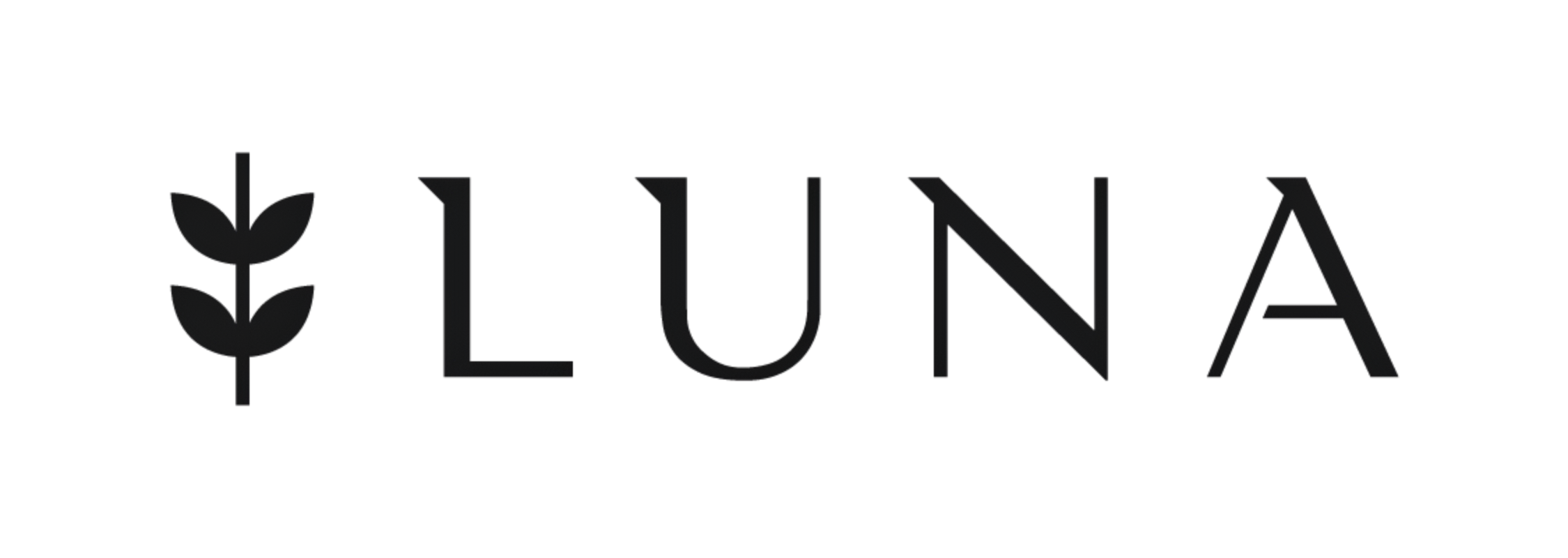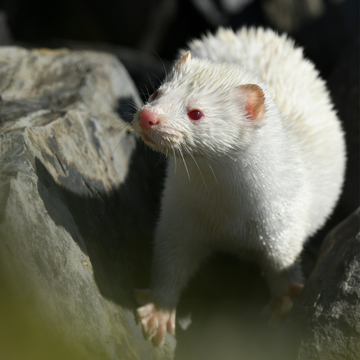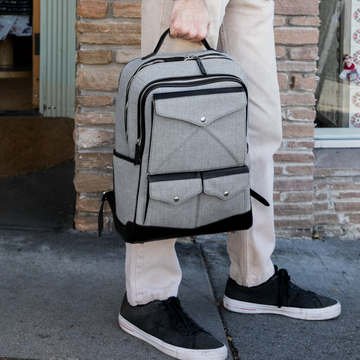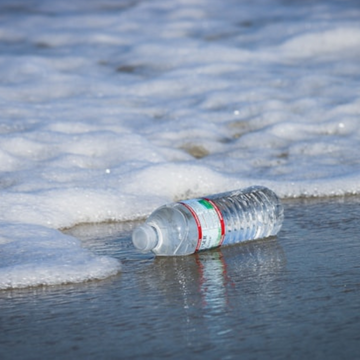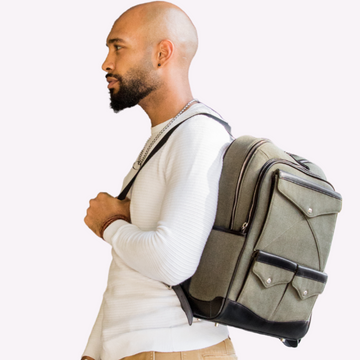Sustainable living has come a long way with the introduction of vegan products. People have started incorporating a vegan lifestyle into their daily activities, adopting a vegan diet and avoiding animal products such as meat, beef, and their by-products. Similarly, people across the globe have started using clothes and other accessories made out of vegan materials and avoiding leather products with the arrival of PVC leather. While plastic-based leather alternatives' quality and environmental footprint have improved, we have now entered an exciting period of innovation in non-plastic vegan leather. This material contains toxins that can migrate into the environment during manufacturing, use, and disposal.
Ways to Live With Non-Animal Leather:
The fabrics discussed below to enhance the overall durability, quality, and sustainability of vegan leathers and gradually helped in emerging obstruction to traditional leather from animal skin producers. However, in search of luxuries and sustainable non-animal leather, some specific alternatives are gaining popularity: silicon-based leather, plant-based leather, and lab-grown leather.
Silicone-based leather-
Although silicone-based leather's texture does not seem identical to genuine leather, it offers a smooth and supple feel similar to soft lambskin. The material offers certain advantages like-

2. The production of silicone-based leather requires less water and electricity and fewer raw materials than plastic-based leather.
3. Silicone is non-petroleum based and does not contain chlorine, unstable organic compounds, or chemicals like BPA in some plastics.
4. Silicone-based leather can be recycled, but it is not biodegradable.
Considering the product quality perspective, silicone-based leathers have some considerable benefits over plastic-based leathers. Silicone is a durable material, hence its usage in cooking containers that can work in both the oven and refrigerator. Additionally, the silicone-based fabric offers temperature durability; it is resistant to cracking, wear and tear, and UV damage. While you need to be careful with the storage of silicone-based bags because they are elastic, and you need to avoid stretching them, silicone-based products can match and even exceed the lifespan of animal-based leather.
Plant-based leather-
Plant-based leather textile is the category whose growth is accelerated by famous global brands. These fruits and vegetable-based leathers- the most common being pineapple, and apple leather are made using discarded by-products of both fruits, promoting an additional income for harvesters and reducing food waste. Some various fruits and vegetables are being used for making leather alternatives, but below, we have mentioned the most developed-
- Apple leather-
Apple leather is produced from the remains of harvested apples- the seeds, cores, and peel. It is entirely biodegradable, durable, and UV resistant. Moreover, apple leather is much similar to animal leather-like, with a soft and rich texture. As production flourishes, this will be the most successful leather alternative. In addition, famous brands bring the use of the material into the limelight, and people are bound to see a wide range of brands and categories start using apple material.
- Pineapple-based leather (pinatex)-
Pinatex is a well-known form of plant-based leather that is derived from the pineapple plant's leftover leaves. Pinatex removes waste from the pineapple harvesting process. The textile has a leather quality but is rough, providing a weathered vintage appeal suited for watches, boots, and other accessories that look hardy. Pinatex still needs to be biodegradable due to the coating on the material.
- Mushroom leather (Mylo)-
Mylo is a soft leather-like material made out of Mycelium, the underground root of mushrooms. The properties of mushroom-like thickness and shape can be optimized based on the intended usage of the material. Unlike pinatex and apple leather, mushroom leather is not created from waste products but is completely biodegradable and non-toxic. It takes days to produce mushroom leather compared to animal leather, which needs years to develop. However, mushroom leather is not quite popular, but soon it is likely to become an emerging fabric in the ethical fashion space.
Lab-grown leather-
Lab-grown leather, also known as bio leather, is genuine animal leather grown using cells from a skin biopsy. The lab-grown material is similar to standard animal leather, but the controlled environment of its production offers customized features like size, color, thickness, and texture. And because it does not require large-scale animal agriculture, its footprint is minimal compared to animal leather.
Ways To Live Plastic-Free Life:
- Switch out plastic bags for reusable bags-
The primary step to living a plastic-free life starts with your grocery shopping. Remember, the next time you go out to buy groceries, keep a backpack, canvas bag, or purse (depending on how many groceries you need) with you. This way, you will save the environment and money, as many areas of the world are now charging customers for using plastic bags. With supermarkets and stores almost always selling reusable tote bags, think of it as a long-term investment that benefits the environment.
- Do not use single-use plastic straws-
Though the best solution would be not to use straws at all, we understand that some circumstances might be unavoidable. But today, many eco-friendly alternatives consist of compostable paper straws and reusable metal straws. Although these straws may not be the perfect solution because they can be disposed of inappropriately, the good part is that they produce less carbon footprint during the production process, ultimately benefiting the environment.
- Use reusable water bottles, mugs, and thermos-
Reusable water bottles are an excellent option for living a plastic-free life. Also, these bottles are suitable for drinks on the go, especially if they are made of materials that keep your beverage at the optimal temperature. This means you do not need to stress about the chemical from plastic that may leak into your water.

- Use reusable non-plastic food storage containers-
While packing food from home, stop stressing about whether to seal the sandwich bag and bag and instead choose to use microwave-safe food storage that will allow you to reheat your food as needed. Moreover, to take this practice to the next level, pack the leftovers in your food container when you go out the next time to eat and cannot finish everything.
Final Thoughts:
A life where the textile industry is less dependent on livestock can benefit billions of animals used for their hides every year. However, there is one benefit that people can gain when fabrics are made of vegetables and plants, which need less water to produce and create less waste. Similarly, when people start living a plastic-free vegan leather life, they can observe many positive environmental changes. In the above-written blog, we have mentioned some tips on how we all can start living with non-animal leather and non-plastic materials.
Also, Read some intersting information about The Top Sustainable and Eco-friendly Fashion Materials

